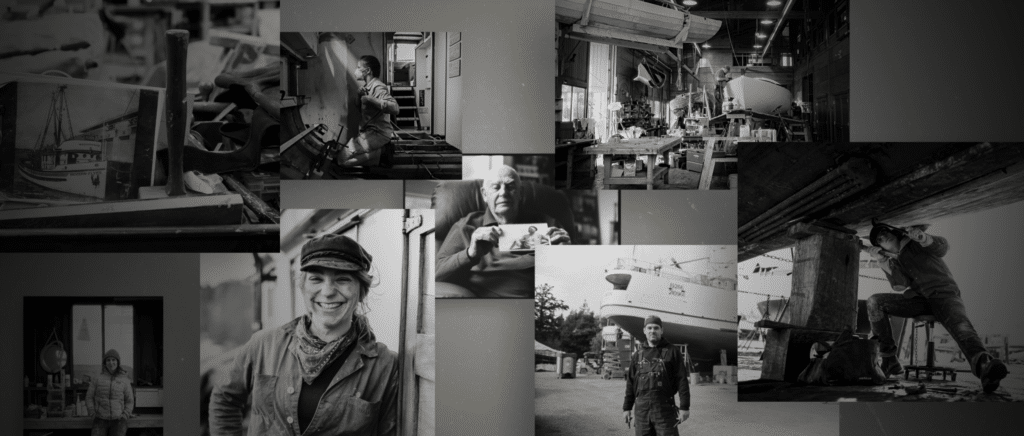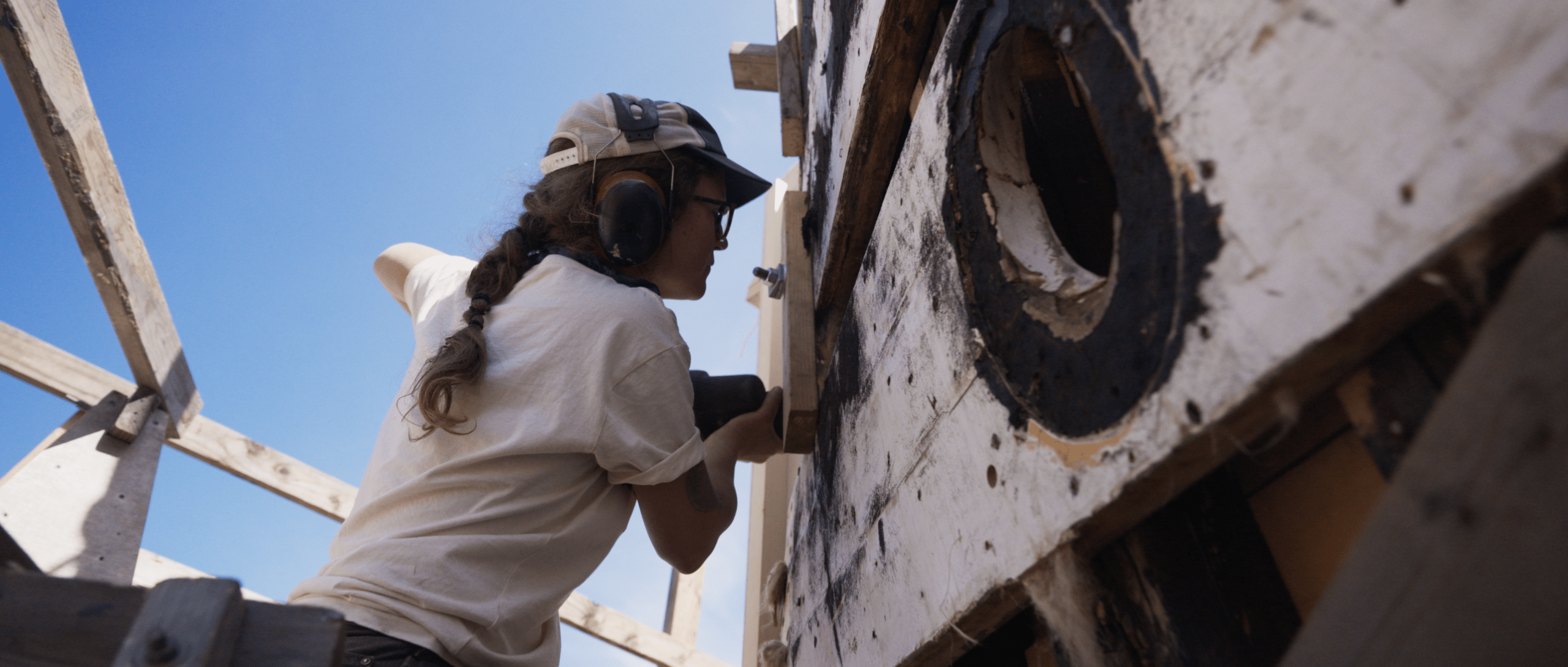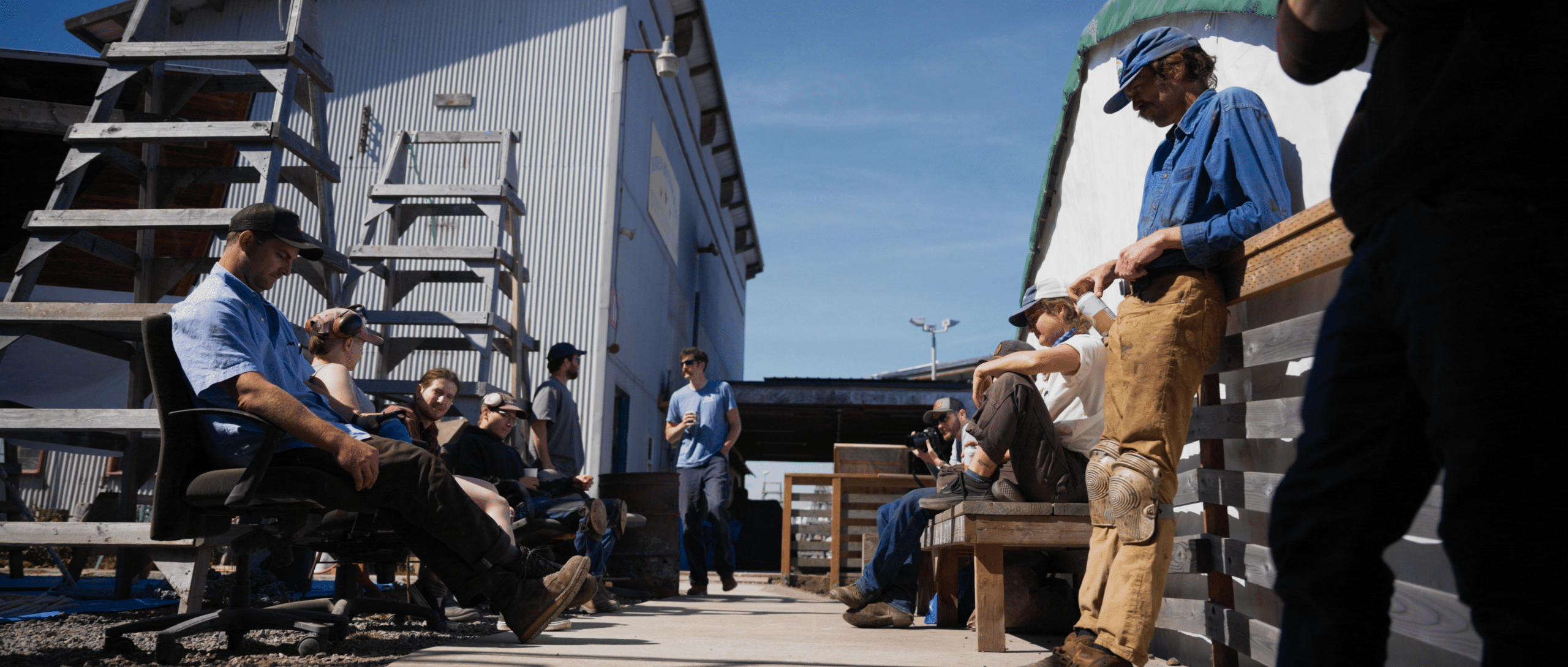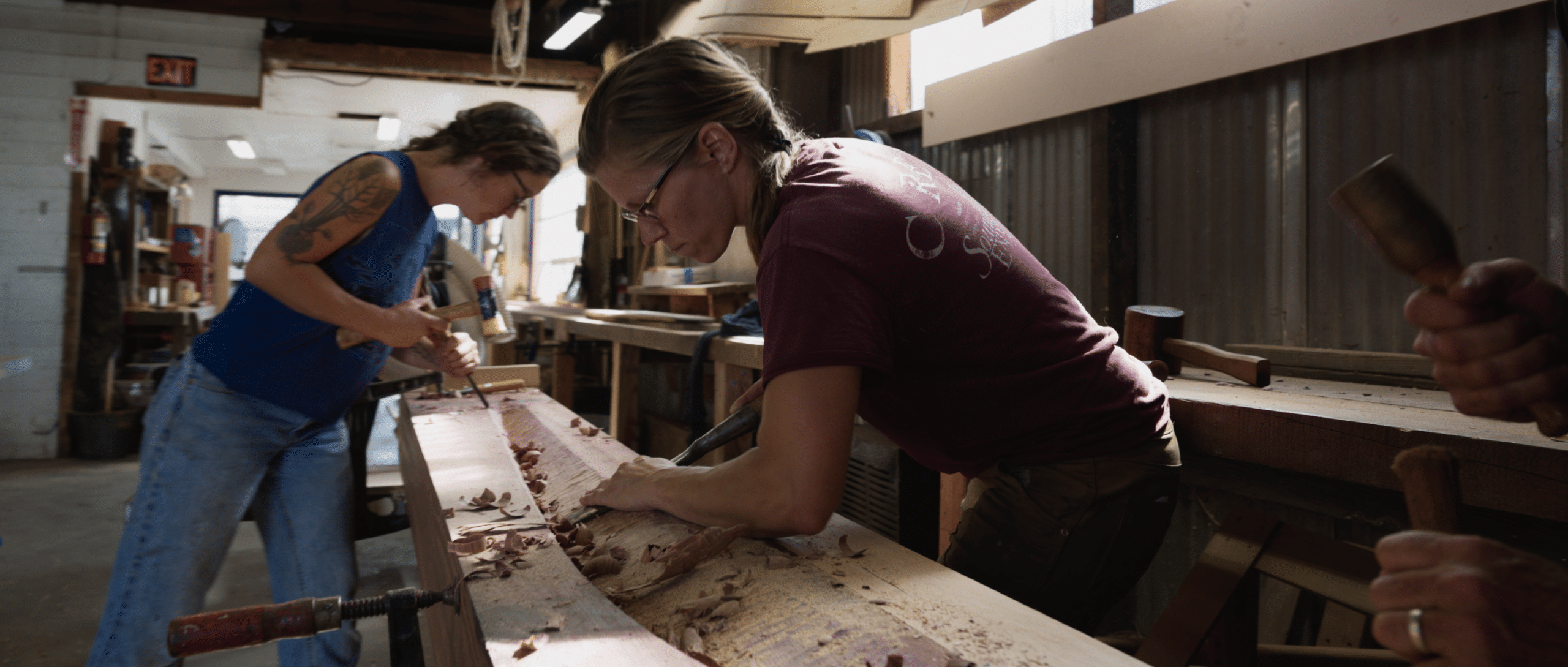Meet Esther Whitmore, lead shipwright at Haven Boatworks in Port Townsend, and learn about the world of marine trades with this interview.
Can you tell me what your name is and what you do?
Esther: My name is Esther Whitmore, and I am the lead shipwright at Haven Boat Works. We are a full-service boat shop doing maintenance and repairs on all types of vessels. My crew mainly does repairs on wooden boats. One of the boats we’re working on right now is Henrietta Foss. She’s special because of her history here in Washington State. She was built to be a tugboat in 1931 and worked for a couple of decades before becoming a recreational vessel. She’s been a working boat on the waterfront in Washington for a while.
What does being a shipwright entail?
Esther: A shipwright is a boat builder. Nowadays, we don’t build new construction as much—more often, we’re maintaining boats. What I enjoy most is the variety of the work and the problem-solving aspect. It never gets old. There’s so much variety in the work that you’re always learning something new. To be a good shipwright, you have to be a good problem solver. Strong spatial skills are important because a lot of what we do is turn 3D shapes into 2D patterns that we then turn back into 3D shapes. Being able to work well with other people is also important. Not a lot of this work is solo, so being able to work well with people counts for a lot.
What initially sparked your interest in marine trades and being a shipwright?
Esther: I grew up sailing. When I was 12, I stumbled across a website for Lady Washington and started volunteering. That was my introduction to boats and being on the water. And the rest is history. But something that strikes me about that is how young kids are when they can have formative experiences that chart the course of their future.
I used to work on the Adventuress, where we did environmental education programs. We would work with kids of all ages, and it always crossed my mind that maybe a kid on that boat was having an experience that would change the course of their lives. Some of them have ended up back on Adventuress as crew. Quite a few actually. So that’s pretty special.
What advice would you give someone who is considering a career as a shipwright?
Esther: I’d say go for it. There’s a lot of need for skilled people in the marine trades in many different disciplines. Pretty much anything you can do on land, people need you to do on a boat as well: electricians, plumbers, mechanics, carpenters, you name it.
I would also say to younger people starting out, especially to women working in this industry, it can be kind of intimidating to break through and feel like you have a place. You’ve just got to stick with what you love and ask the people around you to teach you things. Keep building your skill and knowledge, and you’ll get there.
How do you see the role of Washington’s working waterfronts evolving or changing in the future?
Esther: For those of us that work in the marine trades, we hope this continues to be a place where we can support our families and pay our bills. One of the things that we worry about is whether development or tourism will change the character of what is economically viable to do for a living in this town.
A lot of the boats that we work on—the wooden boats—you can view them as old technology. Are there going to be wooden boats in another few decades? They don’t last forever, and people tend to be using more steel and fiberglass boats in commercial settings. But there are still enough wooden boats around that I think there’ll still be demand for our skills for a little while. Hopefully a long while.
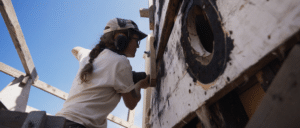
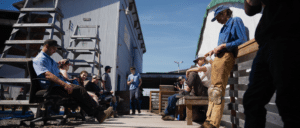

Why is it important to preserve and maintain Washington State’s work in waterfronts?
Esther: In Port Townsend, I’m used to the waterfront because it’s where I work and live—I forget that this isn’t the way everywhere is. But when I see people coming through the boatyard, looking at the projects, and taking pictures, you really see the excitement on their faces: how this is something unique and special. A lot of this town’s personality is defined by the many marine trades concentrated here. If that didn’t exist, this would be a very different place. And a lot of the appeal for people to come and visit it would be gone as well.
It’s also a pretty important economic part of this community. A big percentage of the population here has a livelihood either on the water or on land maintaining boats. We’ve been seeing a lot of regional boatyards closing down in Seattle and Tacoma. You watch those boatyards close and people sell off their tools—it feels like the places people can go to get boats worked on are shrinking. Places like this are even more important to preserve.
How would you define heritage in the context of Washington’s working waterfronts?
Esther: To me, heritage essentially means what is passed down to us. There’s a pretty amazing convergence of that in these working waterfronts. You have families who have been in a trade like fishing for multiple generations, and that knowledge gets passed down.
You have those of us working on land fixing boats, and we’ve also received knowledge from our mentors or coworkers. I think one of the coolest things about it is that we are using tools and methods that have been around for centuries, and we’re pretty much doing things the same way. That is a knowledge that has been passed down from person to person over the generations. You can’t learn it from a book. You have to come here and work alongside somebody to learn it.
Maintaining that knowledge is pretty special. If there weren’t boats for us to work on—if it wasn’t economic viable for us to do this here anymore—that knowledge would start to fade away.
Considering how large the Maritime Washington National Heritage Area is, is there a common trait you think ties its people together?
Esther: The obvious answer is that the ocean is what we all share. Thinking about the importance of the ocean as an essential part of our environmental ecosystem. Something that’s made an impression on me is how interconnected so many different things are. When you start looking at the marine trades, people’s livelihoods are on land and on sea. A lot of it really comes together on the waterfront. It is really a pretty central and important part of a lot of people’s lives.
If you liked this interview, check out our other “This Is Maritime Washington” videos.
For more information about Esther’s work, please visit Haven Boatworks.
